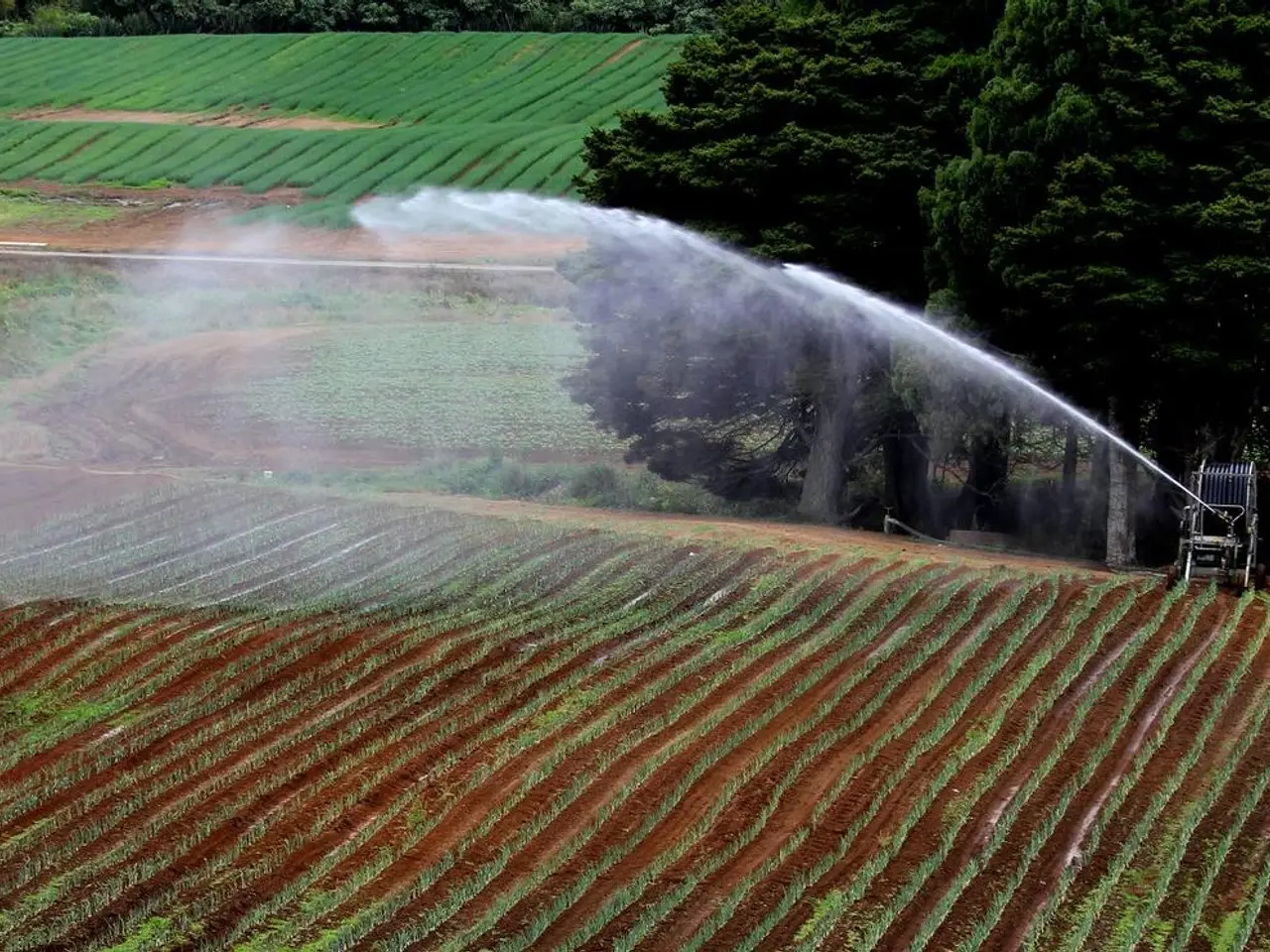Benefits and Drawbacks of Soil-less Cultivation: Comprehensive Insight
Hydroponic farming, a technique that grows plants without soil, offers several advantages over traditional farming methods. This innovative approach to agriculture requires a significant upfront investment, technical expertise, and a reliable power supply, but it has the potential to revolutionize food production.
One of the key benefits of hydroponics is its reduced need for pesticides and soil-related diseases. By growing plants in a nutrient-rich water solution, hydroponic farming solves the problem of soil-borne diseases, reducing the risk of root rot and crop loss. Moreover, hydroponics produces cleaner, chemical-free food, reducing pesticide damage to local wildlife and the environment.
Hydroponics also maximizes space usage by stacking multiple layers of crops, making it beneficial in cities and areas with limited land. This method can be set up in small greenhouses, on rooftops, or in warehouses, allowing for increased crop yields and earlier harvests compared to soil-based methods.
However, hydroponics has higher initial energy demands, particularly related to equipment and controlled environment operations. This may translate into higher carbon footprints unless renewable energy sources are incorporated. Advanced indoor and vertical hydroponic systems are increasingly integrating renewable energy and automation to improve sustainability.
Despite the energy demands, hydroponics has significantly lower long-term environmental impacts compared to traditional farming. It uses up to 90% less water by recycling nutrient solutions, dramatically reduces land use, and minimizes soil degradation and erosion since it does not rely on soil at all. These factors make hydroponics environmentally favorable over traditional farming methods for long-term food production.
While hydroponics has fewer pests and diseases due to its controlled environment, nutrient imbalances can lead to slow growth or disease in hydroponic crops. Regular maintenance and technical knowledge are crucial to ensure the system's efficiency and the health of the crops.
Plants can thrive in various substrates like perlite, coconut coir, or gravel in hydroponics farming. However, the equipment used in hydroponics can contribute to environmental pollution through creation, movement, and disposal. It is essential to consider sustainable practices in the production, use, and disposal of hydroponic equipment.
In conclusion, hydroponics offers a sustainable alternative that conserves water, reduces land and chemical use, and avoids soil degradation, making it an attractive option for modern food production. With the integration of renewable energy and responsible practices, hydroponics has the potential to become a cornerstone of sustainable agriculture.
[1] Barrett, J. (2015). Hydroponics: The Future of Sustainable Agriculture. National Geographic. [2] FAO. (2018). The State of Food and Agriculture 2018: Governance for Sustainable Food Systems. Food and Agriculture Organization of the United Nations. [3] Watts, D. (2017). Hydroponics: The Future of Urban Farming. The Guardian. [4] Whitmore, A. (2019). Hydroponics: A Review of the Environmental Impact and Sustainability. Journal of Cleaner Production.
- Vertical farming, a related and space-saving technique to hydroponic farming, is gaining traction in the health-and-wellness and fitness-and-exercise communities, as it offers the potential for fresh, locally grown produce in urban areas, promoting a healthier lifestyle.
- The science of hydroponic farming not only promises to revolutionize food production, but also aligns with the principles of environmental stewardship by using less water, land, and chemicals, thereby contributing to the overall health-and-wellness and sustainability of our planet.




